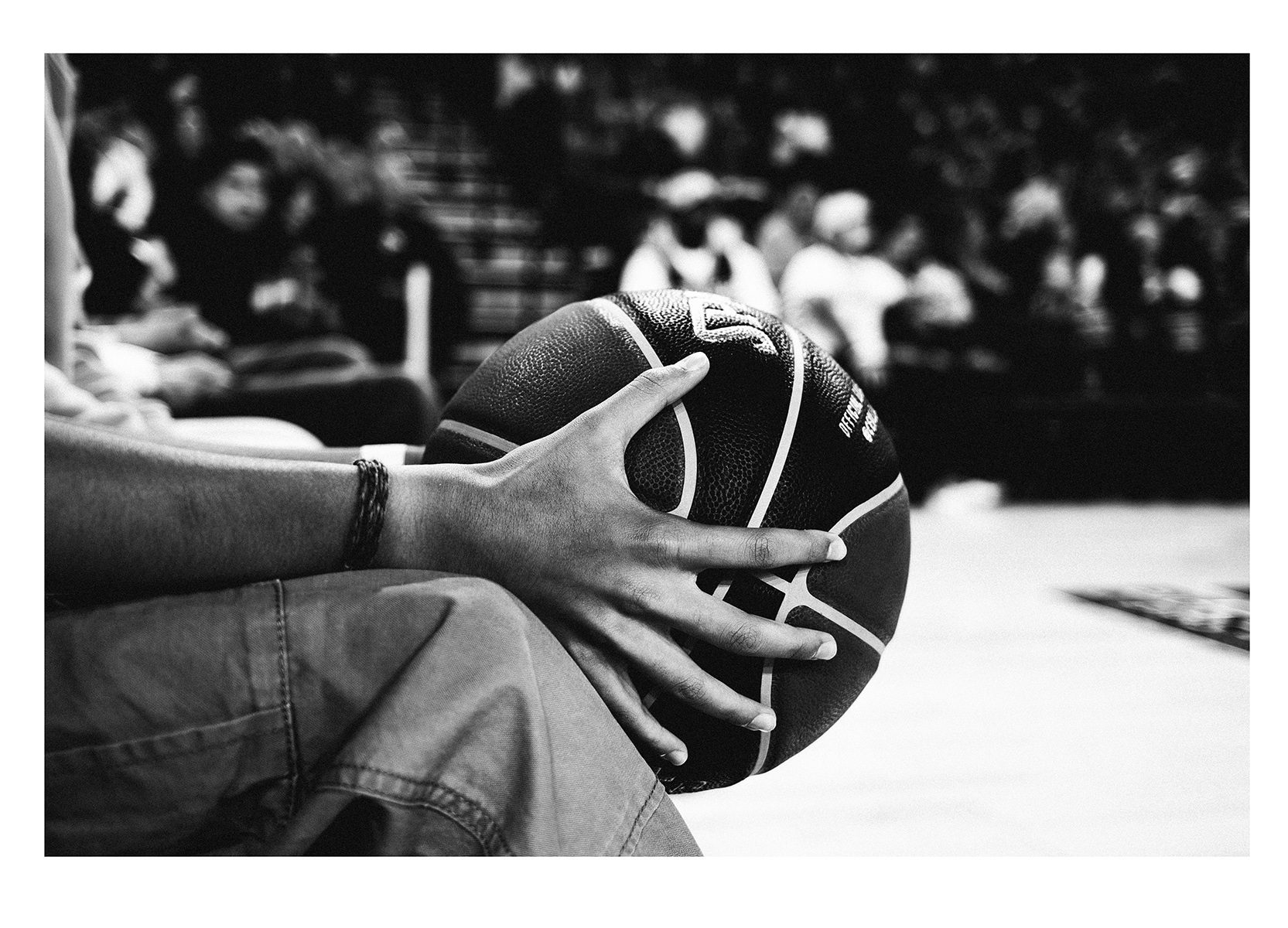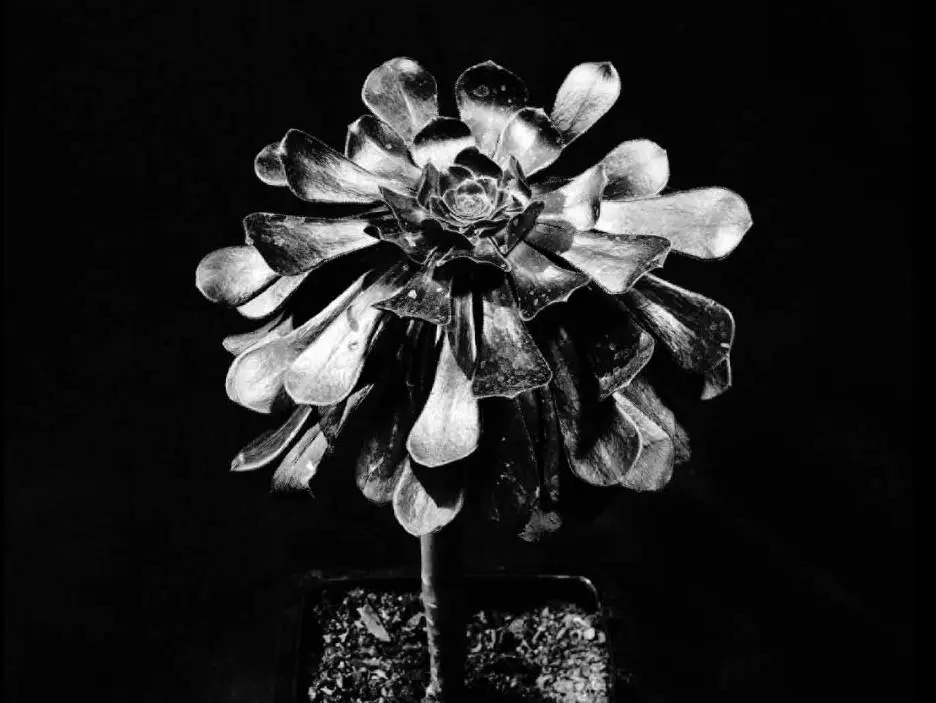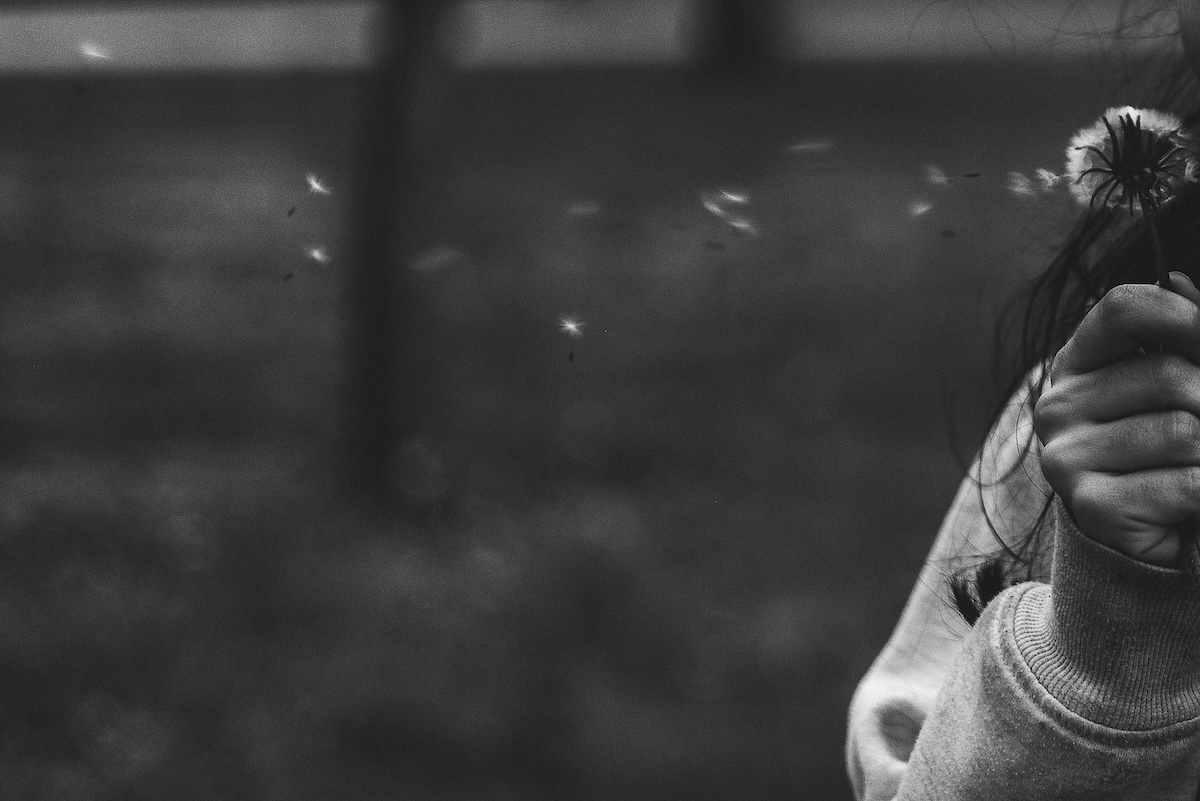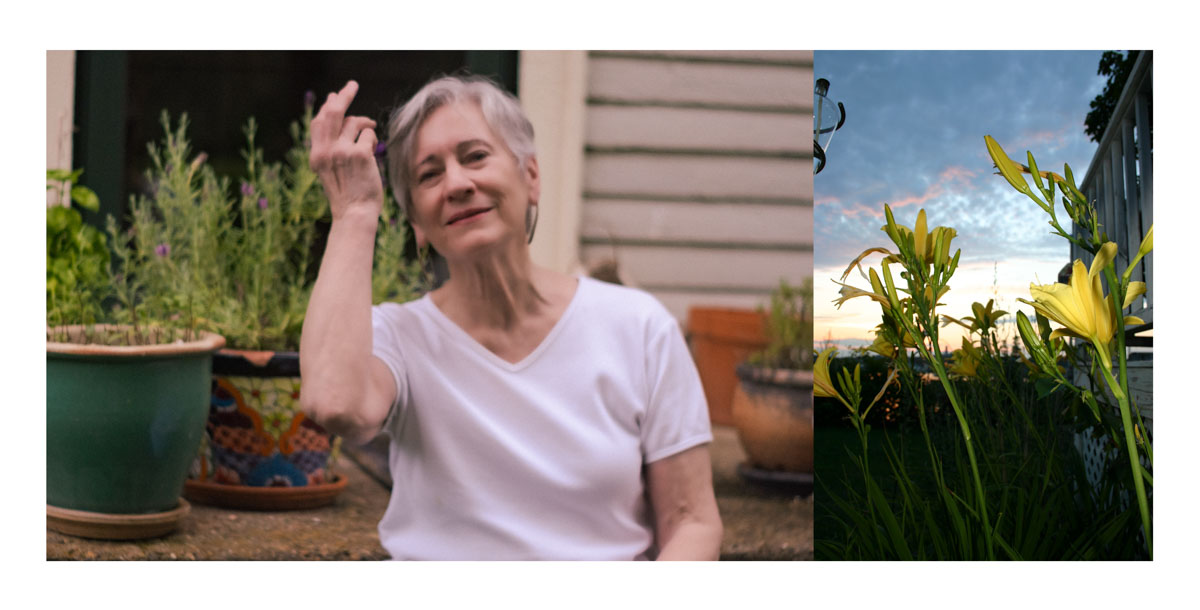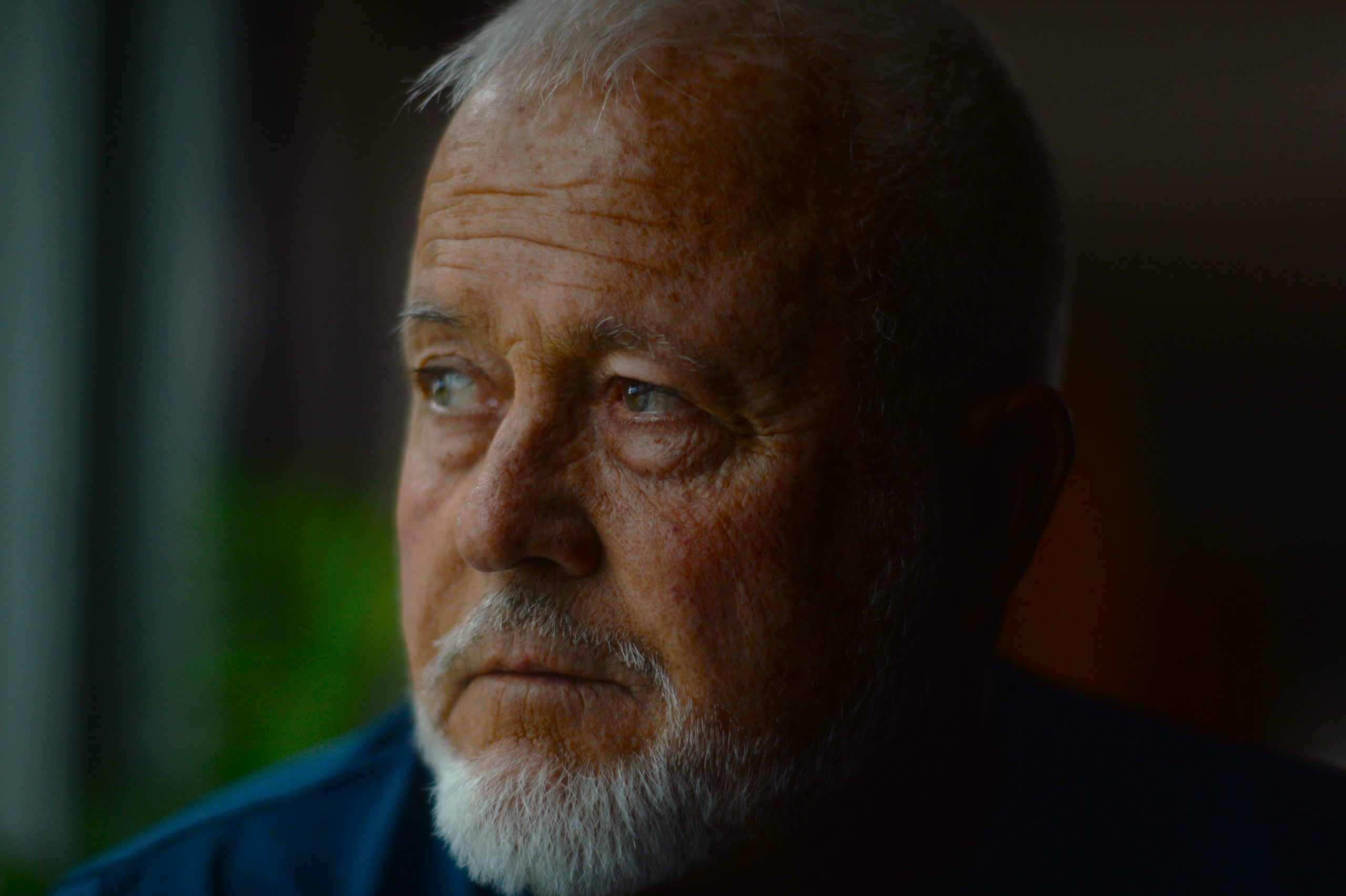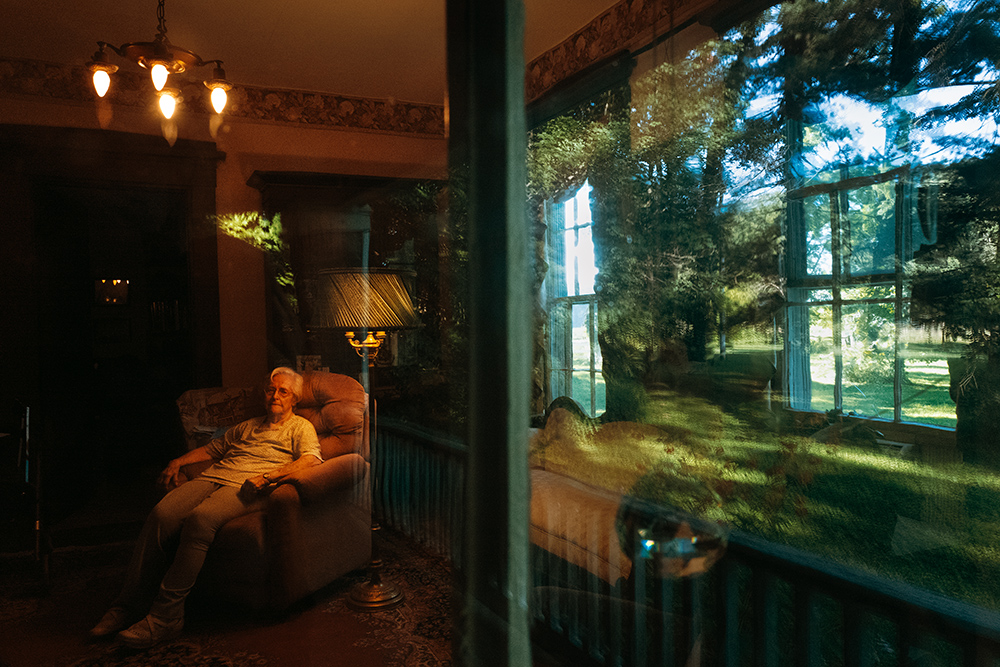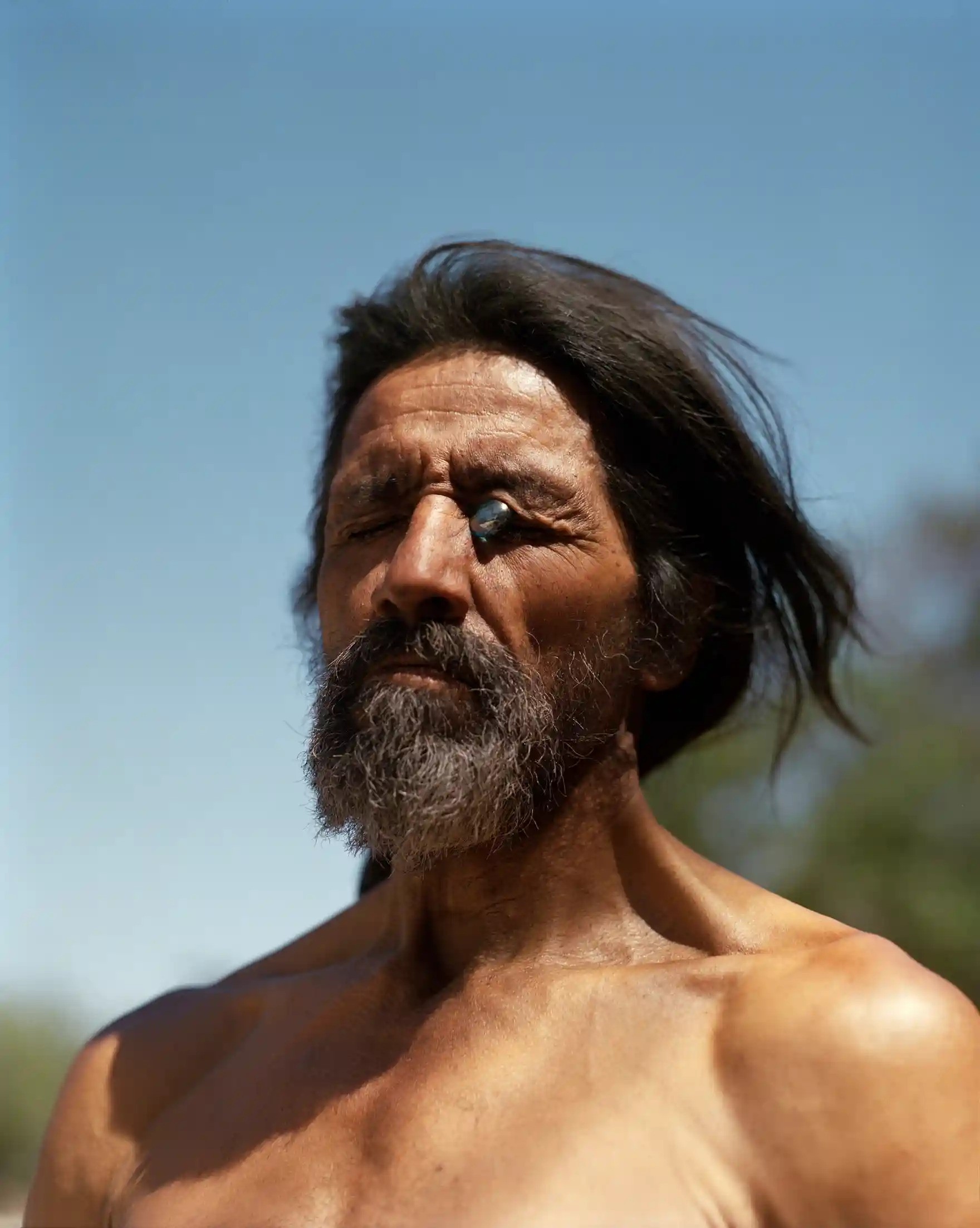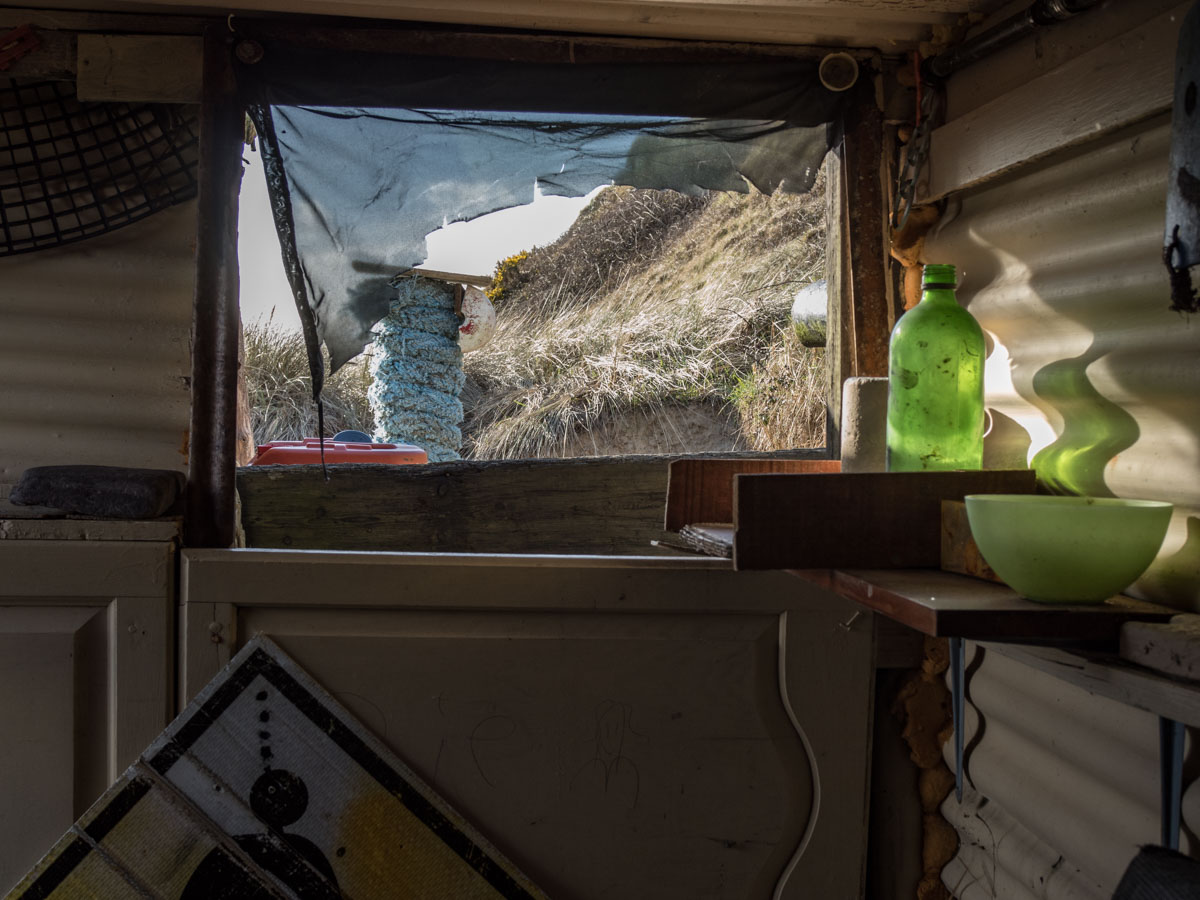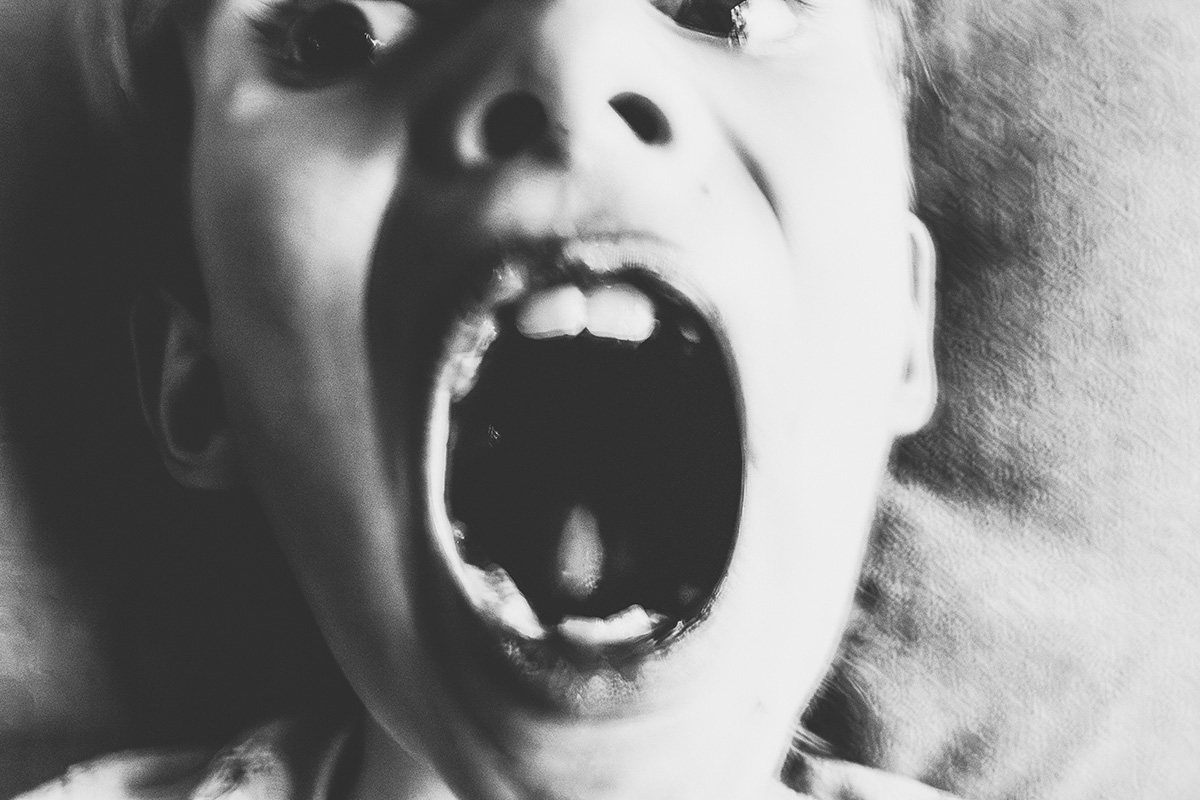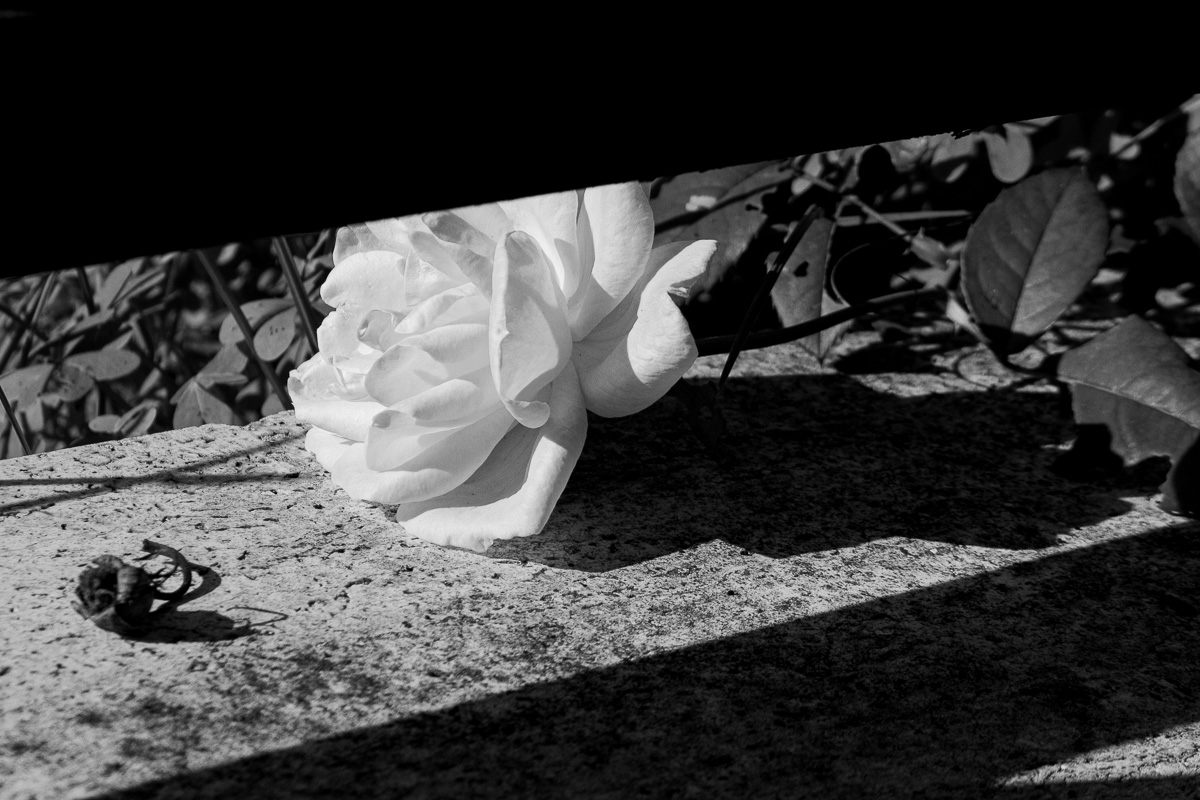Challege #22: Feeling & Emotion
Challenge #19 – Purpose Submissions
Challenge #19 – Projects Submissions
Challenge #19 – People Submissions
Challege #20: Teach Us Something
Challege #19: People, Projects, & Purpose
Challenge #18 – Surreal Submissions
Challenge #18: Surreal
Hedy Bach
Submission Instructions:
Due: 5 Photographs, Due Feb 23rd.
Link: https://www.dropbox.com/request/hOyRPazUIT87VsFWBgLi
File Naming: James-Maher-1.jpg, etc.
File Size: 1200 pixels (or similar) at 72DPI
Title: No title
Surreal Challenge
Surrealism aims to revolutionize human experience. It balances a rational vision of life with one that asserts the power of the unconscious and dreams. The movement’s artists find magic and strange beauty in the unexpected and the uncanny, the disregarded and the unconventional. At the core of their work is the willingness to challenge imposed values and norms, and a search for freedom.
The winter (for most of us) is a wonderful time to explore broad and conceptual ideas, along with the depths of our inner world. And I think the word surreal is, ironically, a strong grounding term to allow us all to explore these depths in any way we want.
Fewer people submitted to the previous challenge, which makes sense. For many of us, it was a busy time, the world unrelenting, getting more expensive, picking up speed and pushing on, getting burned out, a crazy election furthering the exhaustion.
This challenge, have some fun. Push yourself to submit. This challenge is meant to allow some of you to spend a lot of time on it, soul-searching, and enjoying the process of learning and exploring, while others can do it with two freezing winter walks around the block.
And given that it’s winter, I urge you to use some time to increase your photography and art education, which is such a great way to log off and have fun through burnout. To say it humorously, these are adult picture books, they’re meant to challenge our thoughts and inspire us, but are not difficult to consume mentally.
How is this different from dreamlike?
We’ve done a dreamlike challenge a couple of times during winter, and depending on how you approach it, it could be the same. Many of you will probably technically approach it similarly with blurry, evocative, loose photographs. Both terms (dreamlike and surreal) explore the idea of reality, our reality versus true reality. Dreamlike is slightly more personal—our wants, our needs, our views, our exploration into our mind on a subconscious level.
However, there are fundamental differences between the terms. Or depending on how you choose to approach it. The term surreal can be interpreted as creating a surreal world in your set of photographs, perhaps exploring your dreams, bringing us closer to how you feel deep down.
Or it can be interpreted as exploring reality and what is surreal about it, perhaps how our human nature has crafted our world in wild ways, masked in a structure of ‘normality.’ You can use straight, stark photos, sharp photographs that make people question why you found something so banal to be so fascinating.
There are countless ways to interpret this term, and I leave it up to you to enlighten us and broaden us to understand it better.
Constraints:
Thinking about your editing is very important for this challenge. With consistent editing, you can do a lot with very simple and easy photographs. Mess around and have fun with this. Editing is equally as important as what you choose to photograph, and can also broaden your imagination for what is interesting to share with others.
In the spirit of the previous challenge, we are using the same constraints. Your set of photographs should be in the same aspect ratio (although mixing horizontal and vertical is great), either color or B&W, and aim to achieve technical consistency as you would when crafting a project or book. Nothing like some constraints in a surreal challenge!
Freedom:
Photographs do not have to be straight photographs (for once in the Salon!)
Optional Poem:
If you feel, create a 2-10 line poem to go with your photographs. No more than 10 lines.
Here’s a poem that I recently created to put at the beginning of a book mockup I’m working on for my Glass City project. We’ll talk more about that on a hangout or I’ll do a post about it. I started with a longer poem and then reduced it to this.
My ambitions to be free.
If just for a minute.
(Three days a week would be nice.)
You can have the other four.
Which I enjoyed on its own, but it didn’t read well at the beginning of the mockup, so I reduced it to this.
My ambitions to be free.
If just for a minute.
This is a great quote defining Surreal from André Breton.
Pure psychic automatism, by which one proposes to express, either verbally, in writing, or by any other manner, the real functioning of thought. Dictation of thought in the absence of all control exercised by reason, outside of all aesthetic and moral preoccupation.
Ultimately I asked ChatGPT to help me explore this quote in more detail:
André Breton’s definition of Surrealism describes it as a process of unleashing the subconscious mind to express raw, unfiltered thought. The phrase “pure psychic automatism” refers to a creative method where the artist or writer abandons rational control, allowing ideas to flow freely from the subconscious without interference from logic or intention. This approach, inspired by Freud’s theories of the unconscious, seeks to reveal the deeper workings of the mind through techniques like automatic writing, drawing, or other spontaneous acts of creation. By bypassing the conscious mind, surrealists aimed to capture the “real functioning of thought,” unbound by structure or preconceived ideas.
Breton emphasizes that Surrealism operates outside the constraints of reason, aesthetic traditions, or moral considerations. The movement rejects traditional notions of beauty and societal expectations, instead embracing the strange, irrational, and dreamlike. Surrealist art and literature often feature bizarre juxtapositions, shocking imagery, or unconventional narratives, challenging the viewer or reader to engage with the subconscious. This definition underscores Surrealism’s revolutionary spirit, inviting artists to explore the untamed depths of creativity and uncover hidden truths that lie beyond the reach of conscious thought.
Finally, speaking of the surreal, I was able to create this inspiration list with ChatGPT, Perplexity AI, and my library in about 30 minutes. Amazing. All the links link to fantastic places to view their work easily.
Famous Surreal Photographers
-
Man Ray (1890-1976)A pioneer of surreal photography, known for experimental techniques such as solarization and rayographs.
-
Cindy Sherman (1954-)Known for staged self-portraits that incorporate unsettling, dreamlike qualities.
-
Philippe Halsman (1906-1979)Renowned for collaborations with Salvador Dalí, creating surreal portraits and conceptual works.
-
Francesca Woodman (1958-1981)American photographer known for her black and white self-portraits and images of female figures in blurred motion.
-
Jerry Uelsmann (1934-2022)Master of analog photo manipulation, using multiple exposures to create dreamlike compositions.
-
Brooke Shaden (1987-)Blends conceptual and fine art styles with fantastical self-portraits and narratives.
-
Erik Johansson (1985-)Contemporary surreal photographer creating meticulously crafted visual illusions.
Surreal Photographers Who Capture the Mundane
-
William Eggleston (1939-)Pioneer of color photography, capturing surrealism in the ordinary.
-
Viviane Sassen (1972-)Uses shadows, abstraction, and dreamlike compositions in real-world settings.
-
Stephen Shore (1947-)Known for documenting everyday American life with uncanny beauty.
-
Lola Álvarez Bravo (1903-1993)Mexican photographer who experimented with photomontage and documented post-revolutionary Mexico.
-
Todd Hido (1968-)Captures suburban landscapes with haunting and surreal qualities.
-
Alex Prager (1979-)Creates hyperreal, staged scenes with vibrant, surreal effects.
-
Robert Adams (1937-)Documented the American West with stark, quiet images that reveal surreal qualities in the mundane, especially in landscapes altered by human activity.
-
Larry Sultan (1946-2009)Explored family life and the layers of reality and artifice in suburbia, often blending personal and staged imagery.
-
Trent Parke (1971-)Australian photographer capturing everyday scenes with dramatic light and shadow, turning the mundane into surreal narratives.
-
Lee Friedlander (1934-)Known for complex, layered compositions that make the ordinary feel surreal through reflections, shadows, and framing.
-
Josef Koudelka (1938-)Captures surreal beauty in desolate landscapes and human environments, often with a stark, dramatic style.
-
Philip-Lorca diCorcia (1951-)Blurs the line between documentary and staged photography with cinematic lighting.
-
Gregory Crewdson (1962-)Known for elaborately staged scenes that feel surreal due to their lighting and detail.
-
Henri Cartier-Bresson (1908-2004)Captured fleeting, real-world moments with unexpected, surreal juxtapositions.
-
Gueorgui Pinkhassov (1952-)Magnum photographer who works with light and reflections to create painterly images.

